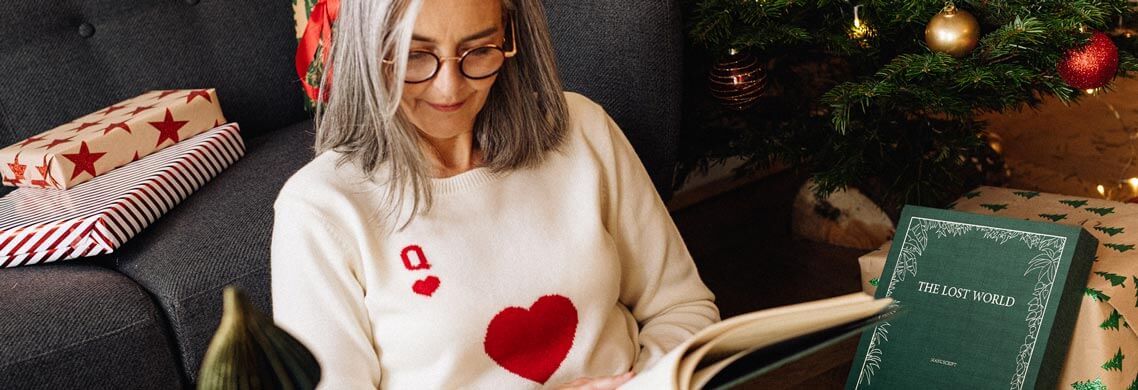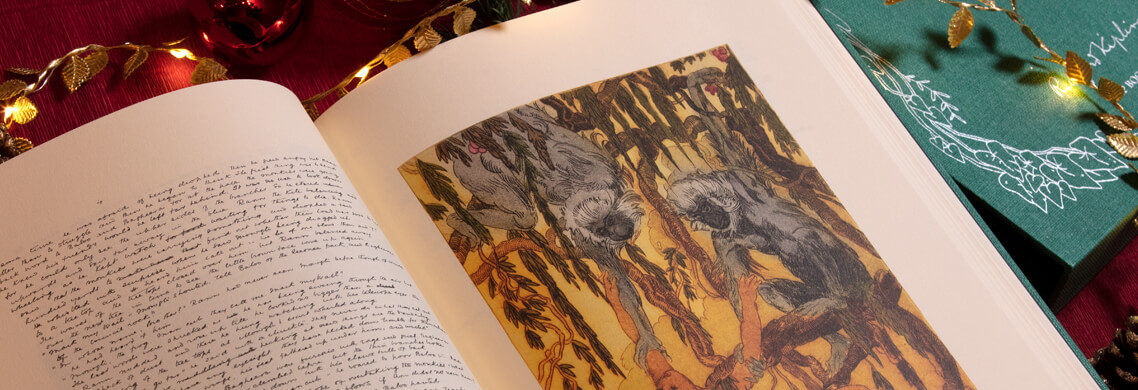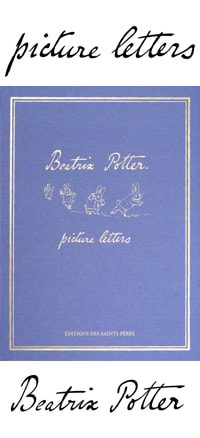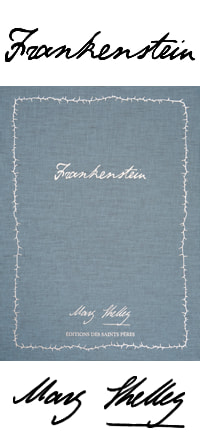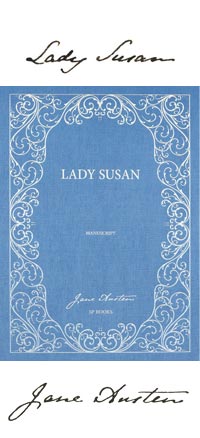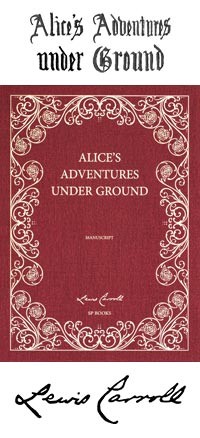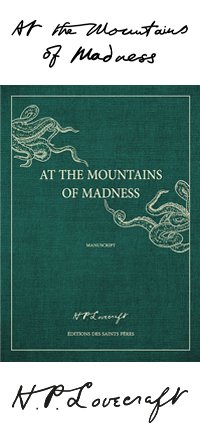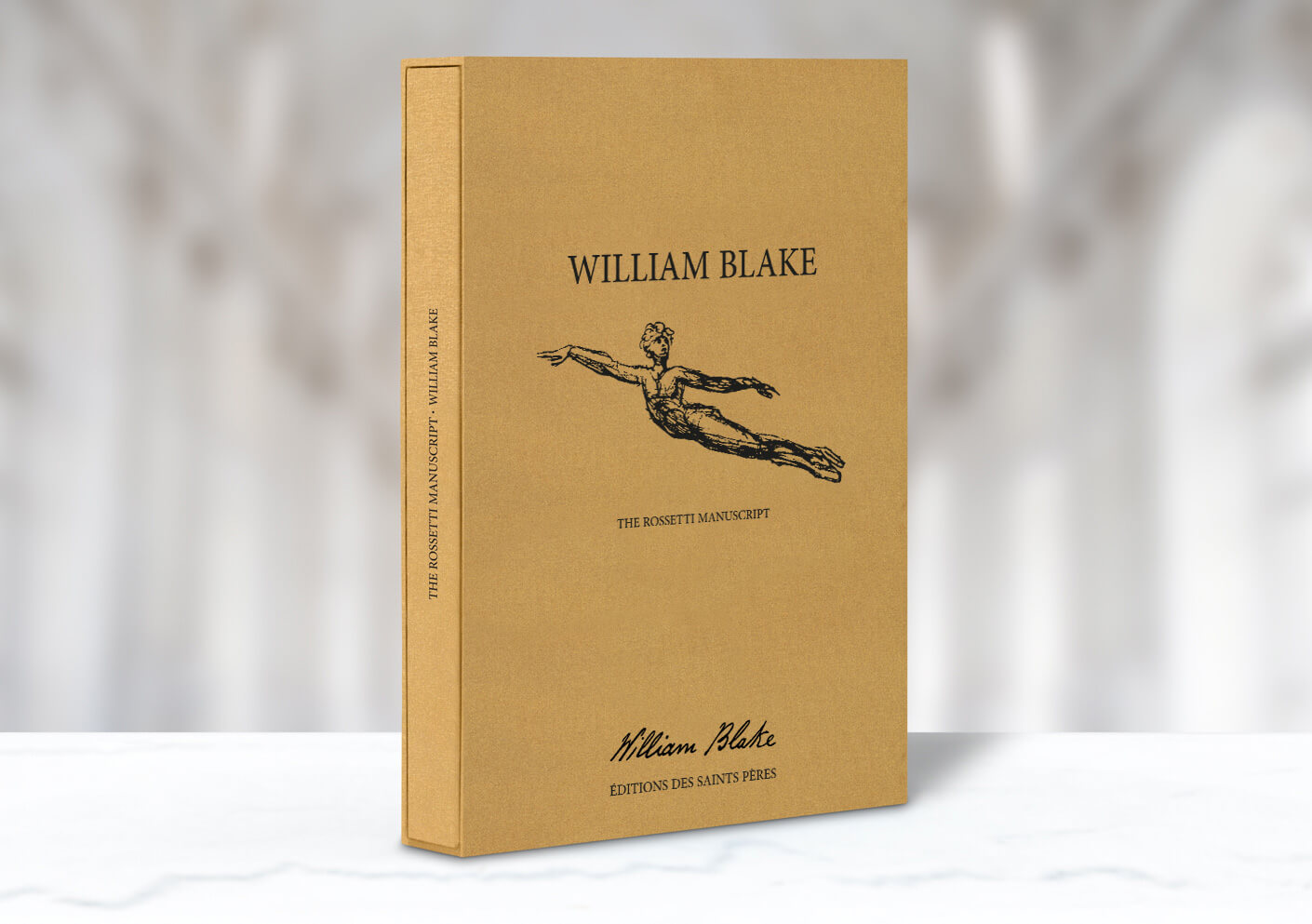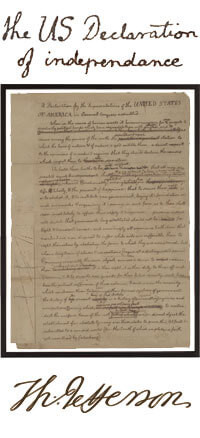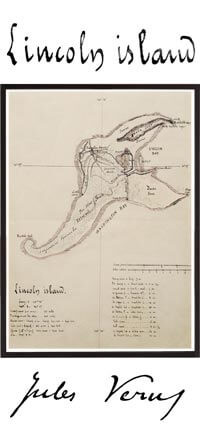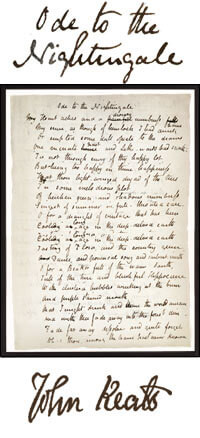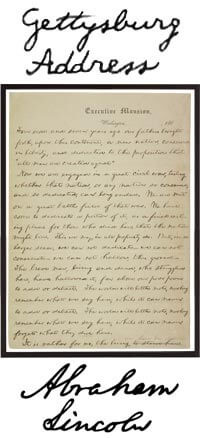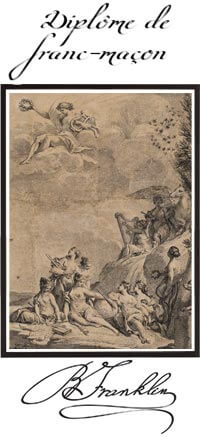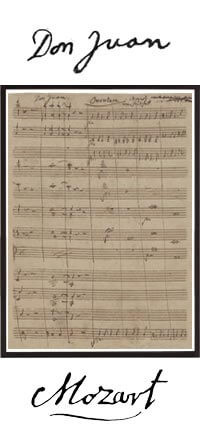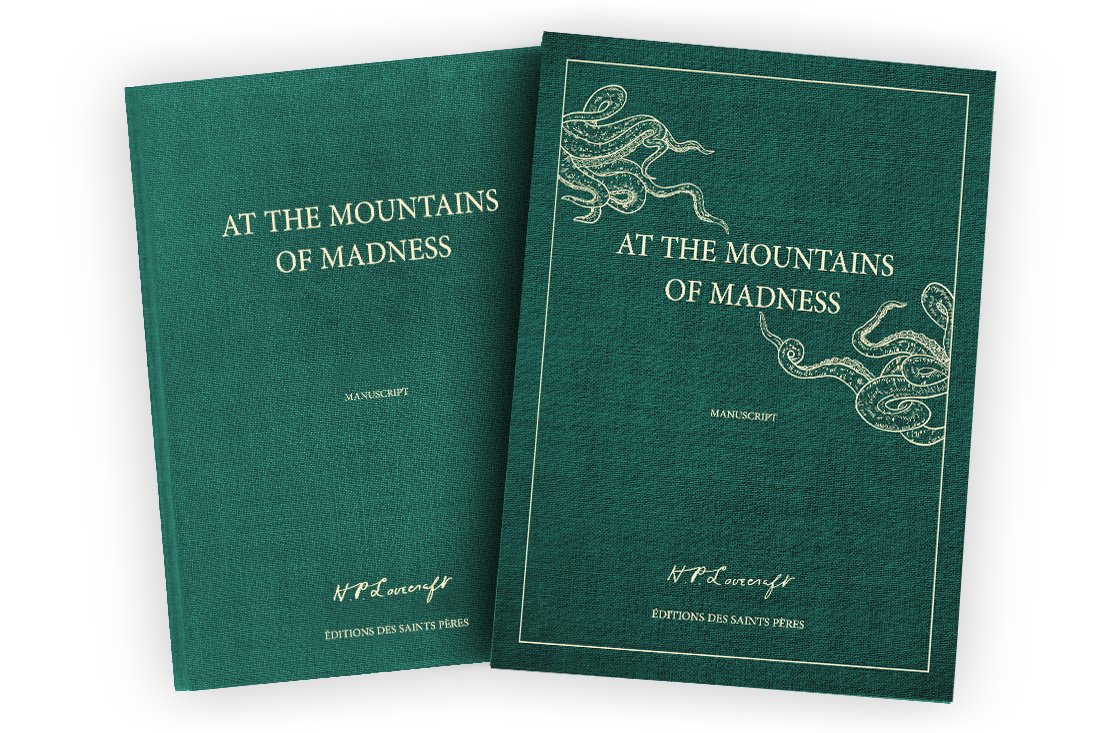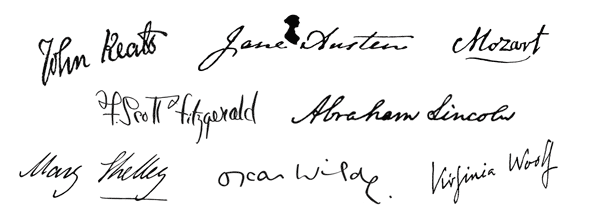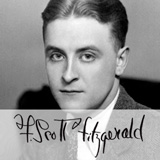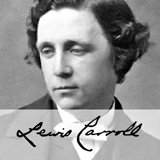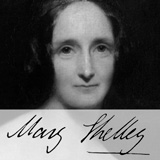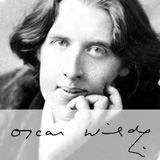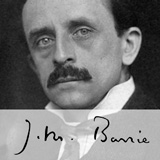No products
 Manuscripts, deluxe editions, facsimiles and prints
Manuscripts, deluxe editions, facsimiles and prints 
A unique collection of manuscripts, beautiful books, authors’ drawings and first drafts. Immerse yourself in the inner lives of some of the world’s greatest authors and discover our collection of facsimiles of manuscripts: novels, musical scores, poems, fairy tales, stories, essays, letters and scientific papers.
Manuscripts
William Blake's notebook
Documents
H.P. Lovecraft : the Manuscript of At the Mountains of Madness
Our mission: to travel the world in search of the greatest manuscripts and publish an ultimate collection
What are the writing secrets of renowned authors? Is it true that Oscar Wilde himself censored passages of The Picture of Dorian Gray in his manuscript? Is Jay Gatsby, the hero of The Great Gatsby, darker and more mysterious in F. Scott Fitzgerald’s first version? What remarks did Percy Shelley scribble for Mary Shelley in the margins of her manuscript of Frankenstein? Did Mrs Dalloway keep the same title throughout Virginia Woolf’s notebooks? What writing method did Paul Auster adopt to compose The New York Trilogy?
The drafts, manuscripts and notebooks of writers are full of curiosities and unexpected surprises. There may be unpublished chapters, unknown characters and drawings scribbled in the margins. Very often there are erasures: simple crossings-out that don’t interfere with the text, neat and ordered edits throughout, irritable lines crossed out repeatedly and even angry effacements that blacken and tear the paper. Holding a writer’s manuscript in your hands offers privileged access into a realm of literary heritage, such as the discovery in Albert Einstein’s papers of a scientist striving for perfection while putting the finishing touches to the exact formula for his revolutionary theory.
In founding SP Books, we wanted to offer everyone the invitation to go behind the scenes of the creations of great authors and thinkers, by reconnecting to the literary genealogy of their works. ‘In addition to their emotional pull’, writes Prof. Hanoch Gutfreud (Director of the Albert Einstein Archives at the University of Jerusalem), the original manuscripts, ‘give us a sense of kinship with the author, a glimpse into his or her creative process and become a virtual presence in the time and space of their origin.’

Facsimiles
Writers’ drawings
Authors
SP Books – standing for Éditions des Saints Pères – was founded in Saint-Germain-des-Prés by young publishers Jessica Nelson & Nicolas Tretiakow with the aim of creating a unique collection of great manuscripts.
SP Books was born from our passion for outstanding stories, beautiful books, and above all, the original manuscripts of great works. The idea of bringing attention to the writing process was born out of visiting an exhibition devoted to authors’ drafts at the Bibliothèque Nationale de France in Paris. At the time we worked in an office located in the attic of the Institut d'Études Politiques de Paris, on Rue des Saints Pères, in the Saint-Germain-des-Prés district. The idea of founding a publishing house was a dream come true, and our project was born: developing a unique collection of iconic manuscripts.
As our lives grow increasingly digital, we are committed to creating a reading experience that is at once revelatory, intimate and aesthetic: we want to restore the magic of handwriting to great works, that can be revisited and kept forever.
We are literary treasure hunters. We set off in search of the manuscripts of the greatest works of literature, a quest that has often become a real-life expedition through the vaults of libraries, private collections and auction houses around the world. While some of the originals are carefully catalogued and conserved in the collections of large institutions such as the BnF, some remain out of the public eye in the hands of private collectors. Others stay hidden for years in the corner of an attic or a secret drawer… One of the first manuscripts that we published, Voyage au bout de la nuit by Louis-Ferdinand Céline, had disappeared for almost sixty years before resurfacing at auction in the 2000s, where it was highly coveted after by collectors and bibliophiles. Our mission is equally a matter of cultural heritage, since it involves digitizing documents that would be otherwise difficult to access by the general public.
SP Books was founded in Saint-Germain-des-Prés by young publishers Jessica Nelson and Nicolas Tretiakow, with the aim of creating a unique collection of great manuscripts. Nicolas Tretiakow is the General Manager of the company, while Jessica Nelson oversees the London and New York offices. The offices in Paris and Cambremer are supervised by Charlotte Desaint and Ludivine Le Barbier respectively. Also working with the company are Léa Triomphe, Johnny Cabouret, Digby Halsby, Lucy Dundas, Ellen Ffrench, Sandi Mendelson, Deborah Jensen & Sascha Melein. Jessica and Nicolas would like to give special thanks to Merlin Holland, Amélie Nothomb, Anne-Laure Bovéron, Julien Paganetti, Marc Meier-Maletz, Dominique Marny, Nicole Bertolt, Gilles Paris and Anne & Arnaud.
We first launched with a collection of great manuscripts of French literature, which now numbers around twenty titles, including Contes by Charles Perrault, Notre-Dame de Paris by Victor Hugo, the poetry of Arthur Rimbaud and L’Ecume des jours by Boris Vian.
In 2017, the publication of Charlotte Brontë’s unmissable novel Jane Eyre marked the beginning of developing our collection of English and American manuscripts, with the successive publication of major literary manuscripts such as Alice’s Adventures Under Ground, The Great Gatsby, The Picture of Dorian Gray, The New York Trilogy, Mrs Dalloway and, most recently, Peter Pan.
Published in their entirety in large format, our editions are presented in handmade luxury slipcases and bound using the finest materials. Each book is hand-numbered as part of a limited print run, offering a beautiful, collectable keepsake. Each book comes with a bookmark and is presented in a hand-assembled case, embellished with gilding inspired by the world of each book.
Discover our collection of framed manuscripts designed to be hung as artworks, including Shakespeare’s last will - the only handwritten trace left by the genius author of Macbeth and Romeo and Juliet - the opening page of Don Giovanni by Wolfgang Amadeus Mozart and even Benjamin Franklin’s signed certificate of Freemasonry.
In 2020, we are delighted to be able to expand our collection of framed manuscripts with a selection of writers' drawings, the first of which, two drawings by Jean Cocteau, are already available.
Mildew, rot, discolouration: over time, manuscripts submit to all kinds of hardships, and sometimes reach us in very poor condition. Some of the originals are so vulnerable that they are at risk of falling to shreds at the slightest mishandling, while others are too fragile to be exposed to daylight and air. Albert Einstein’s General Theory of Relativity is one such case - it has been shown in its entirety only once, during an exhibition in 2003 that attracted crowds of passionate visitors.
We are delighted to be able to contribute to the safeguarding and restoration of a fundamental part of literary heritage, through the digitization of documents that are difficult for the general public to access. Notably, we helped fund an important conservation treatment for Oscar Wilde’s The Picture of Dorian Gray - a manuscript which reveals the process of censorship carried out first by the author and then by his publisher - as well as the digitization of Voyage au bout de la nuit by Louis-Ferdinand Céline. Part of our mission is to bring unseen manuscripts to light - Paul Auster’s manuscripts and drafts for The New York Trilogy, kept in the Berg collection at the New York Public Library, had never been previously reproduced or even released to the public. Similarly, the manuscript of Simone de Beauvoir’s Le Deuxième Sexe was wholly unpublished. Our edition, published in collaboration with her adopted daughter, unearths the original workings and drafts that reveal the development of one of the greatest monuments of 20th century thought.
Each editorial adventure brings us into contact with the people who make our editions possible, the families and descendants of writers, individuals who own original manuscripts or the institutions that guard them for safekeeping. Throughout years of fascinating collaborations, we have forged lasting ties with many, including the Jean Cocteau Committee, the heirs of Boris Vian, and Merlin Holland, Oscar Wilde specialist and the author’s own grandson. Without their help, confidence and expertise our projects would not exist.
We have been collaborating with major public institutions for a long time, such as the British Library, the New York Public Library and the Bibliothèque Nationale de France. We also work in collaboration with private collectors, universities and major institutions - such as Fondation Bodmer in Switzerland and the Morgan Library in New York. It is thanks to these funds, institutions, libraries, universities and many private collectors that a large number of our books have been made possible. These collaborations often extend beyond the literary; for our manuscript edition of Peter Pan we donated a portion of the profits to the Great Ormond Street Hospital in London, while for The Picture of Dorian Gray we were able to partly fund the restoration of the original manuscript.
Writer Michael Cunningham (The Hours) reading Mrs Dalloway, director Baz Luhrmann reading The Great Gatsby, or French novelist Leïla Slimani (Prix Goncourt 2016) reading Simone de Beauvoir’s The Second Sex. Some of our greatest contemporary writers and thinkers have penned introductions to our editions, shedding new light on literary classics and their manuscripts.
We call on experts and specialists whose knowledge helps shine a light on the life and works of our authors. Professor Hanoch Gutfreund, Director of the Albert Einstein archives at University of Jerusalem, introduces the manuscript of The General Theory of Relativity with his essay “The Magna Carta of Modern Physics”; Merlin Holland, writer and grandson of Oscar Wilde, details the passionate history of the manuscript of The Picture of Dorian Gray; Helen Wussow, Dean at the New York School in New York, traces the literary genealogy of Mrs Dalloway; Sylvie Le Bon de Beauvoir, philosopher and adopted daughter of Simone de Beauvoir, recounts the process of writing The Second Sex.
Through sophisticated graphic restoration we are able to restore even the most fragile of manuscripts. Using high-quality printing and manufacturing processes, we carefully reproduce each page to give the reader the impression they are encountering the original for the first time. In this way, the manuscript is given a fresh lease of life, as if the reader is peering over the author’s shoulder as they write.
Our editions are not simple facsimiles. Each manuscript has undergone a significant process of graphic restoration to erase the traces of aging (mildew, rot, discolouration), with the aim of restoring the writing to its original appearance in all its specificity, taking into account any yellowing of the paper, the original shade of ink, the shade of drawings etc.
Without a process of meticulous work comparable to that of an artist restoring a masterpiece, our facsimiles would be only simple photocopies. Since SP Books was founded, a team of specialised graphic designers have worked daily to perfect techniques for restoration, developing unique knowledge specific to the technical and aesthetic challenges of each document.
Because we are committed to creating beautiful objects, we take extreme care in the selection of materials and manufacturing process for each of our editions. Our paper is tailor-made in Italy by a papermaker who works exclusively with materials from sustainable forests, and packaged in our workshops in Normandy, where our limited editions are hand-numbered. Each case is decorated with a unique gold embossed design and contains a silk bookmark, and the pages are printed using vegetal inks. Deeply concerned with preserving tradition, we work with craftsmen who manufacture and assemble each case by hand in France.
Press coverage

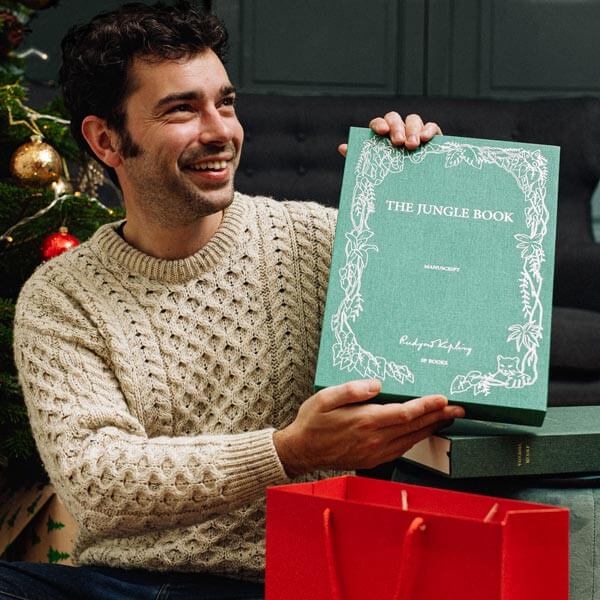
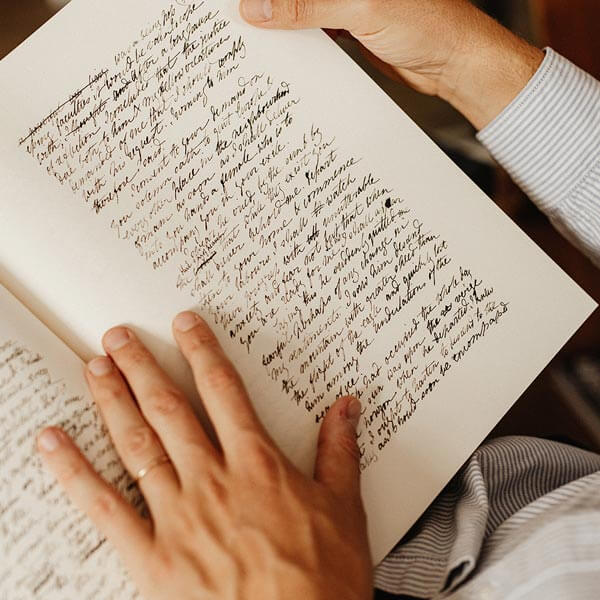
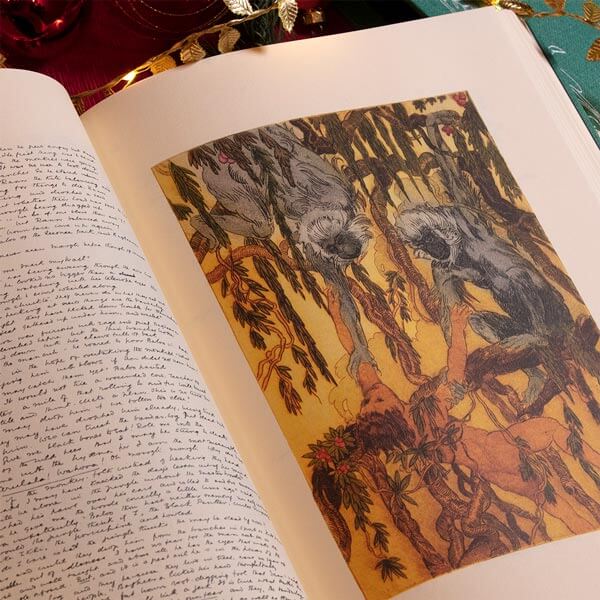
.jpg)
